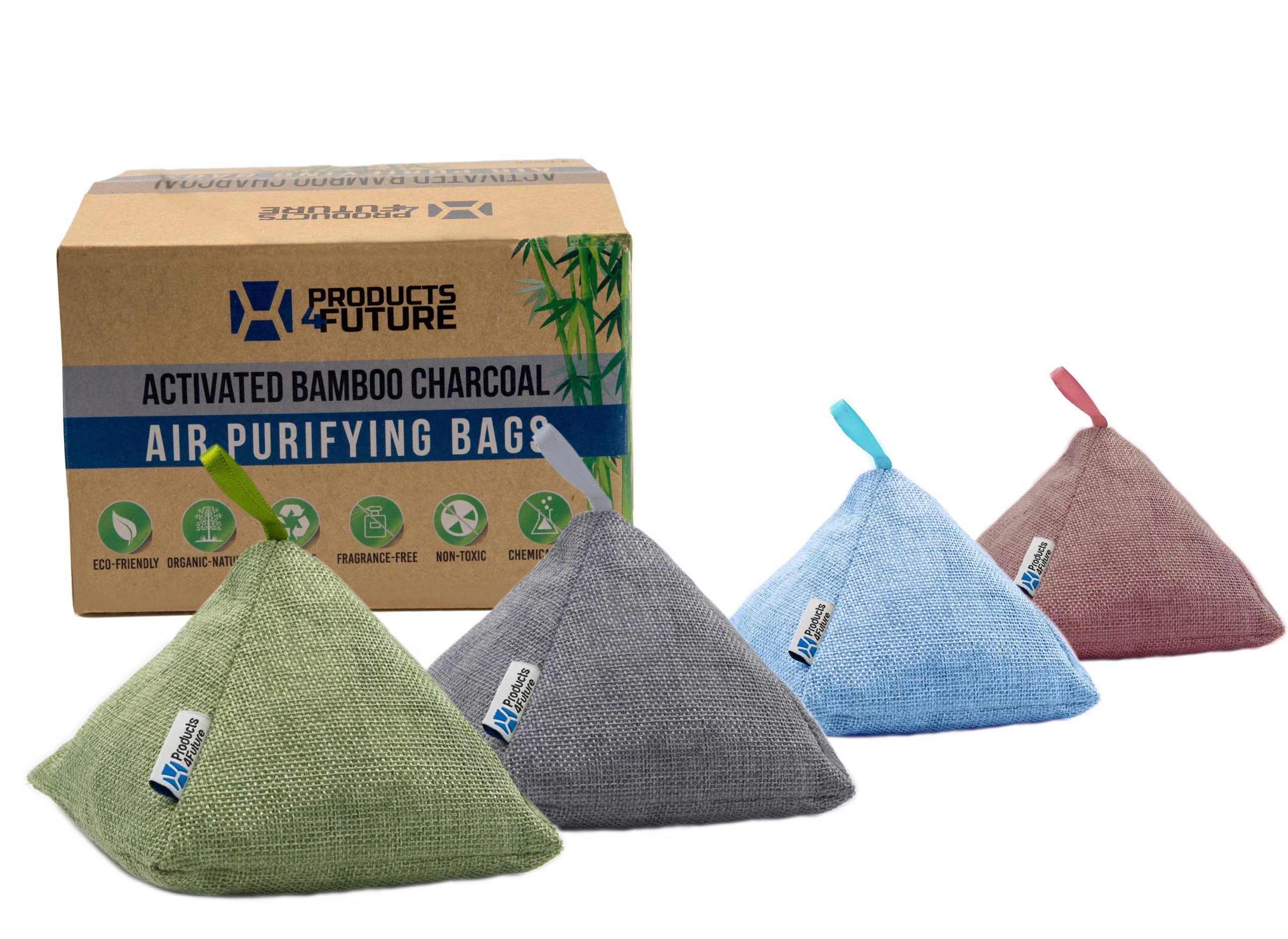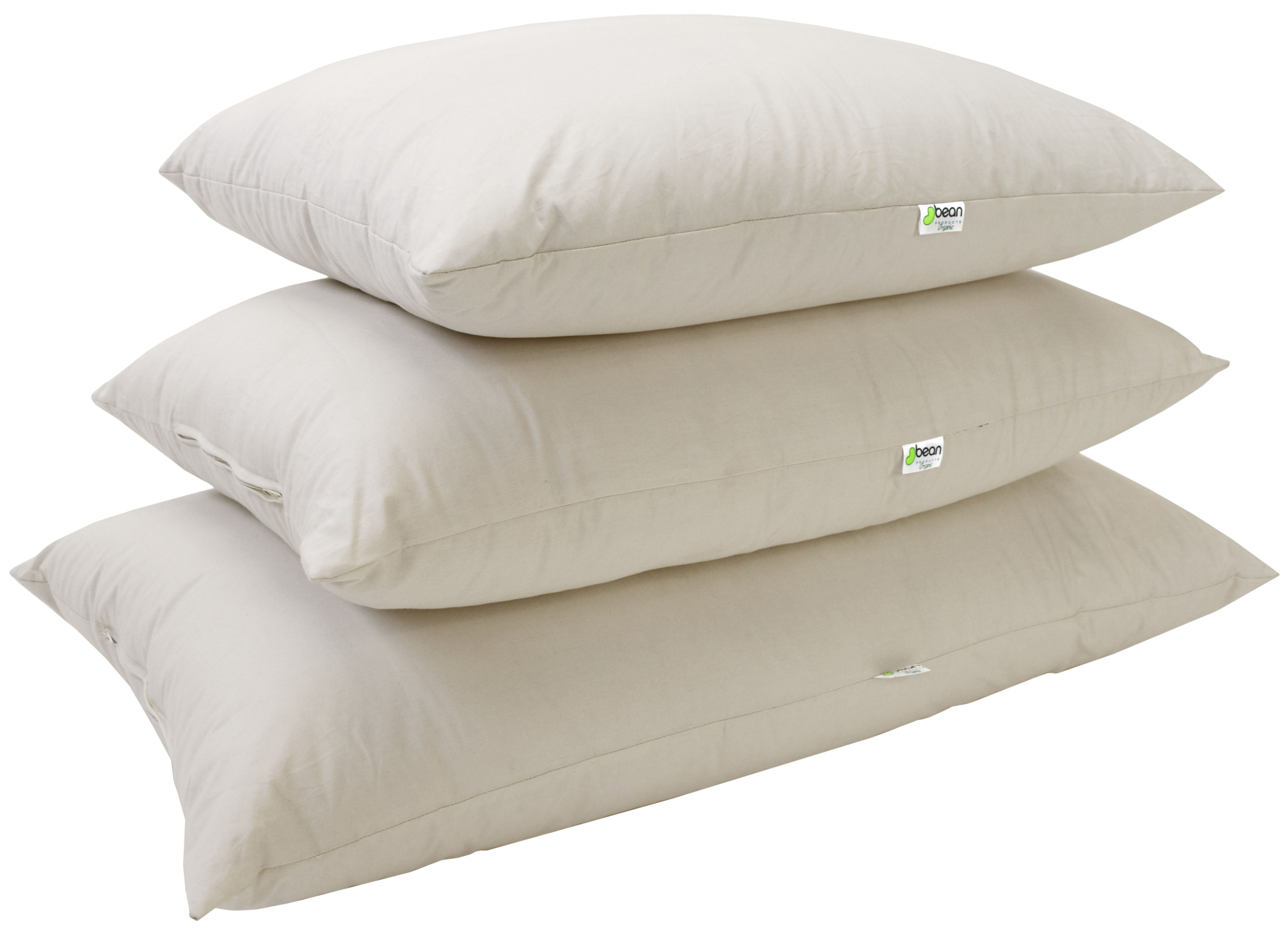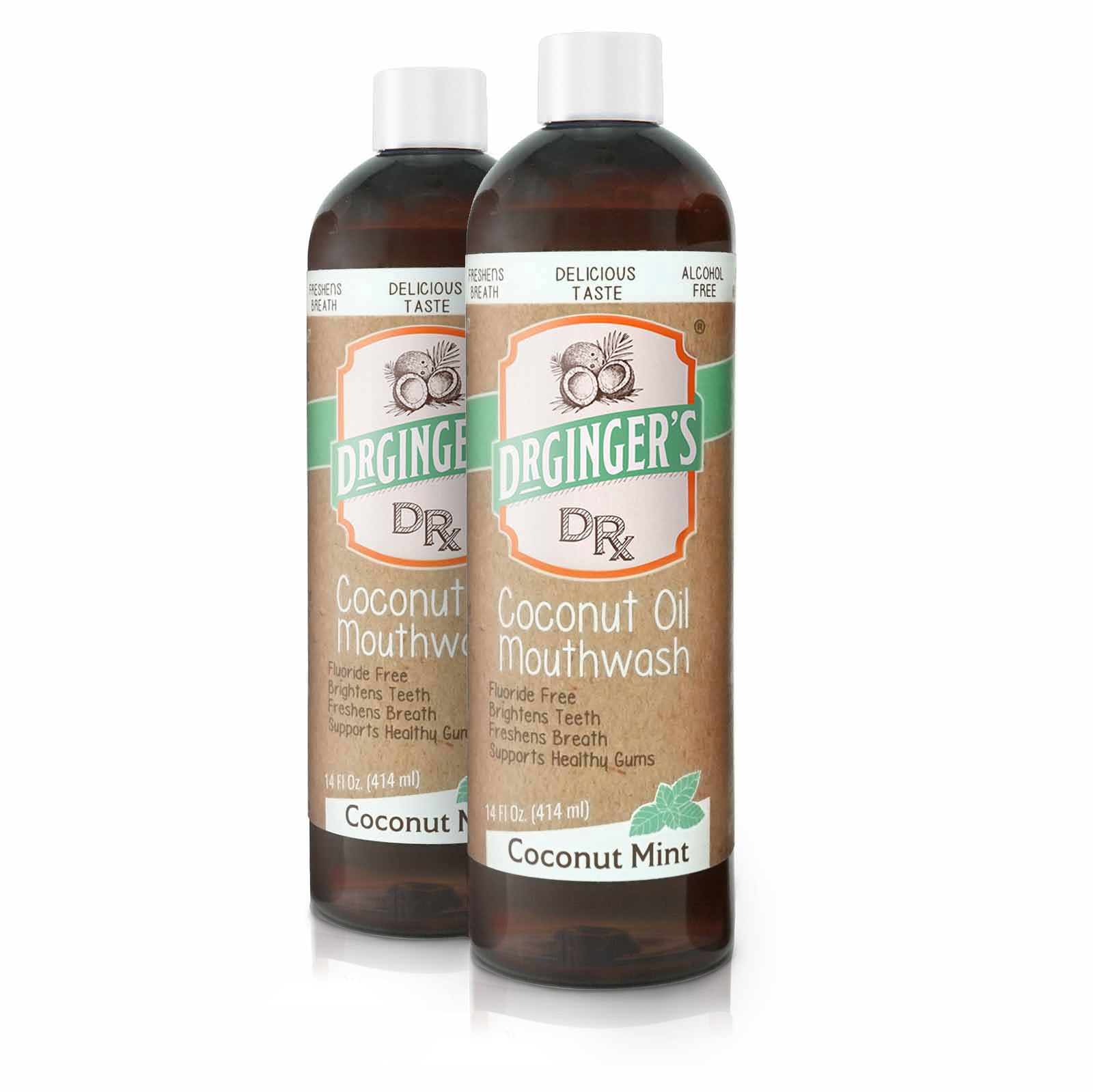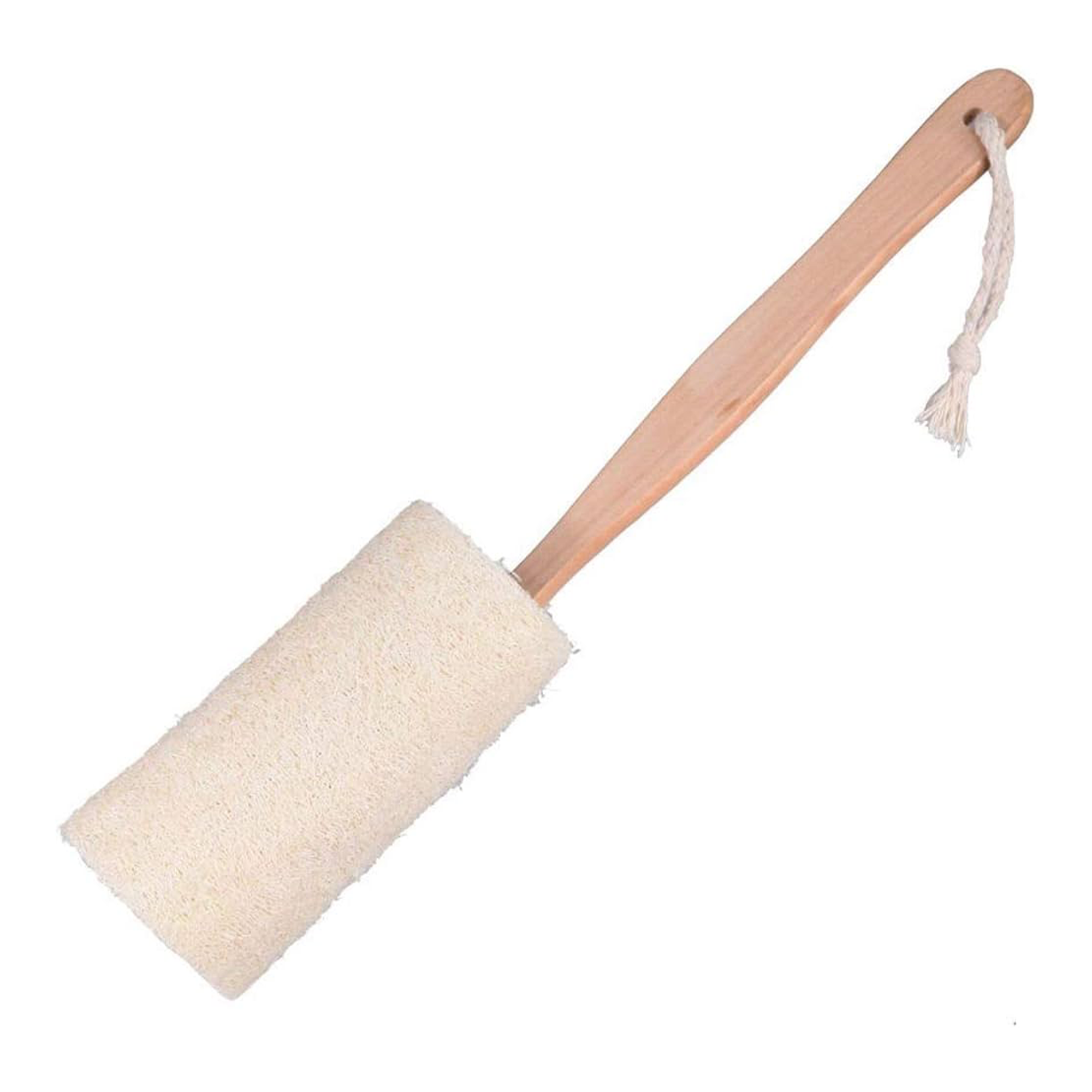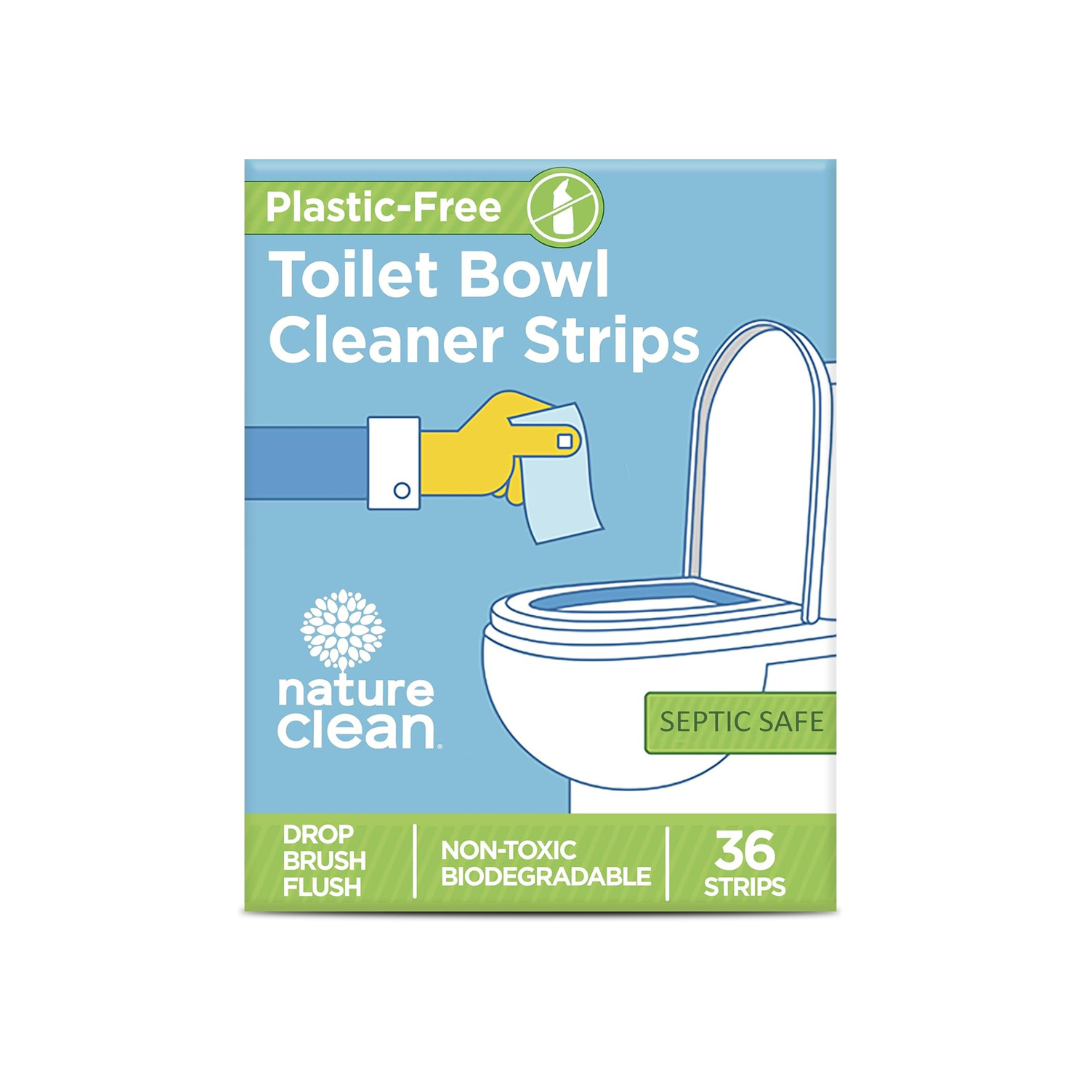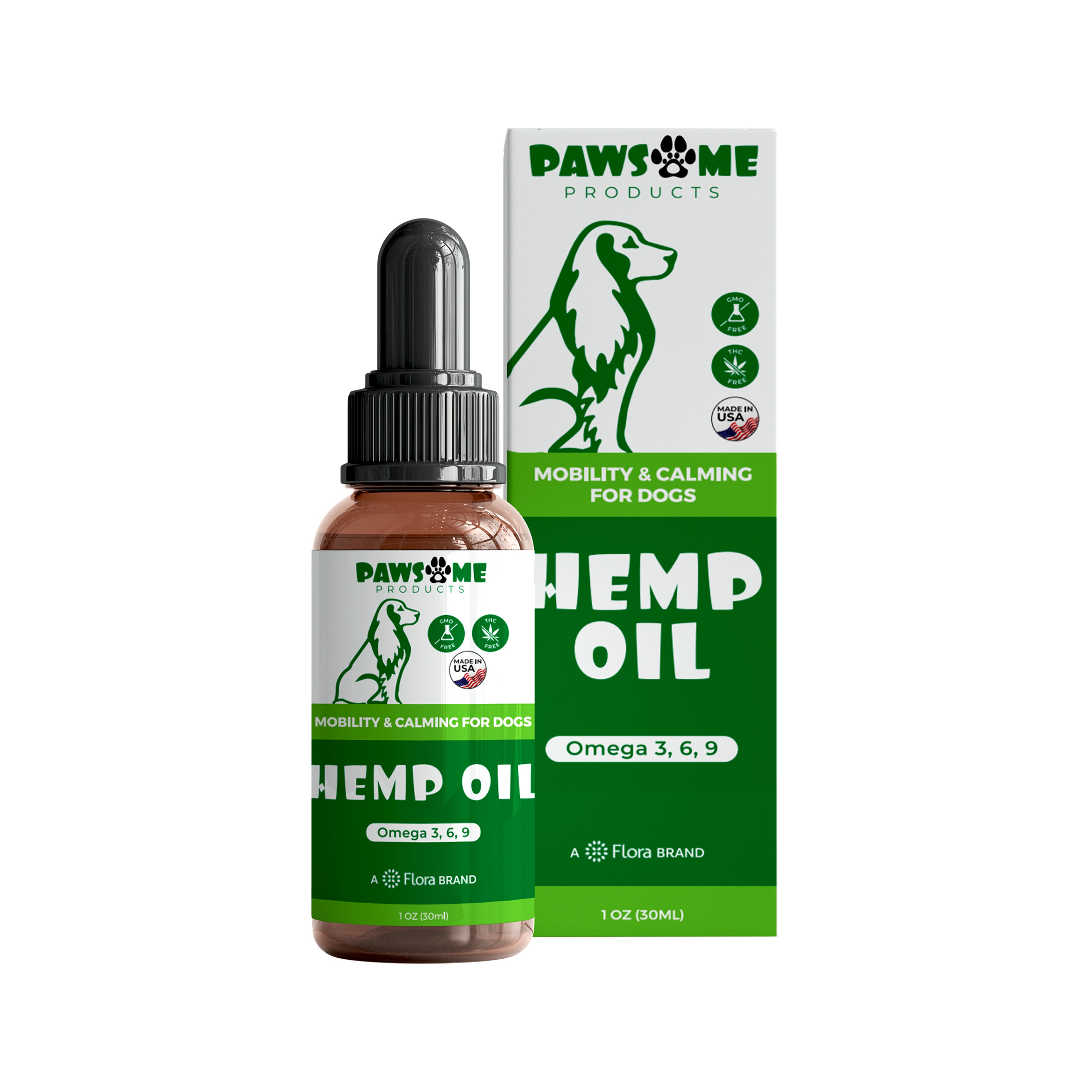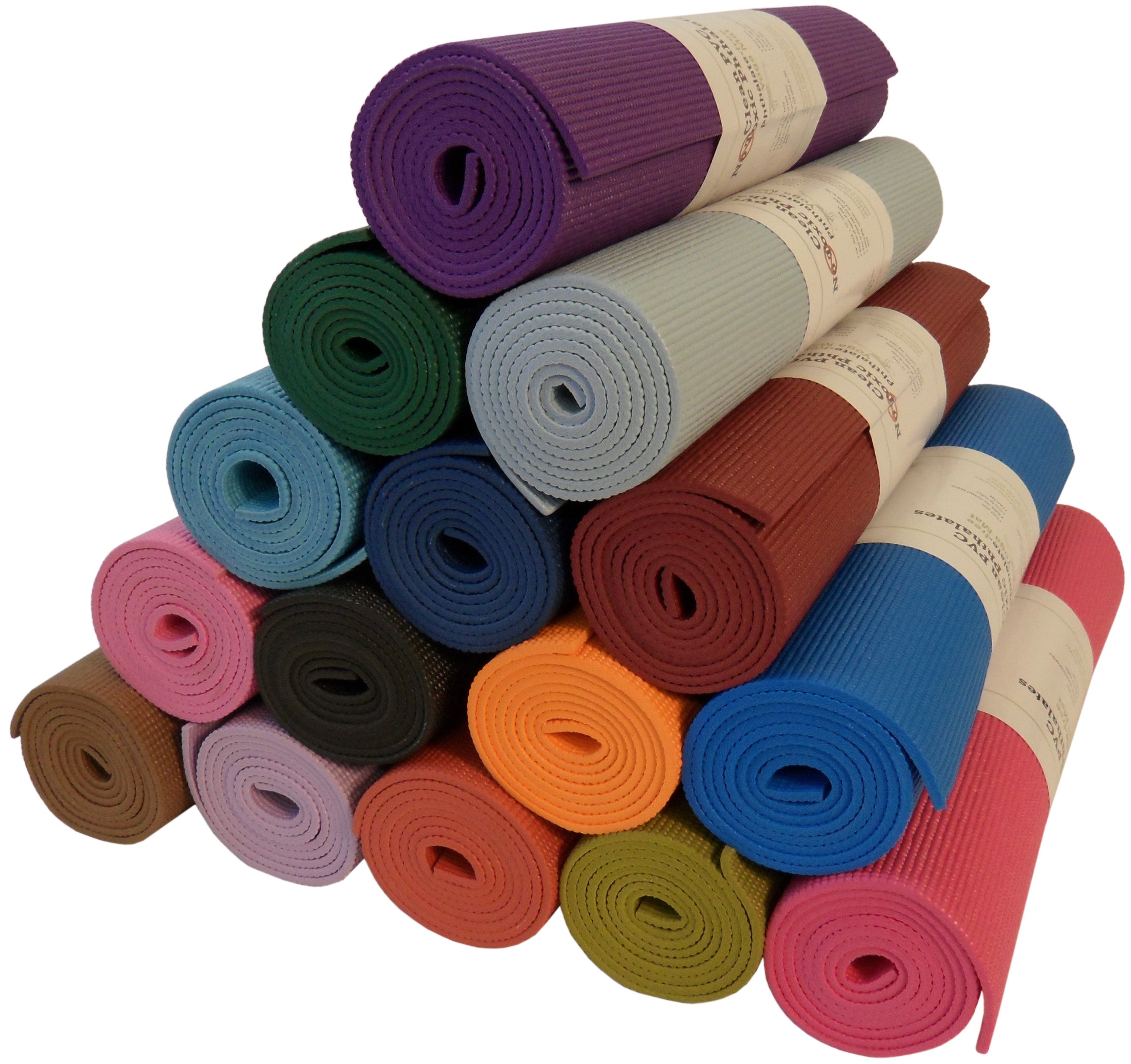In a world increasingly aware of environmental impact, sustainable clothing brands are gaining traction among consumers who want to make ethical choices without compromising style. This blog delves into the burgeoning world of eco-friendly fashion, offering insights into top sustainable brands, materials used, and why making this shift is crucial for our planet.
What Makes a Clothing Brand Sustainable?
Before exploring specific brands, it's essential to understand what qualifies apparel as "sustainable." Sustainability in fashion encompasses various practices:
-
Ethical Production Processes: Ensuring fair wages and safe working conditions for workers.
-
Eco-friendly Materials: Utilizing materials that require less water, chemicals, and energy to produce, such as organic cotton, hemp, and recycled fabrics.
-
Longevity and Durability: Creating high-quality garments that withstand the test of time, reducing the need for frequent replacements.
-
Minimal Carbon Footprint: Employing production and distribution methods that minimize carbon emissions.
Leading Sustainable Clothing Brands
1. Patagonia
A pioneer in sustainable fashion, Patagonia not only uses eco-friendly materials but also promotes fair labor practices and environmental activism. Their commitment to transparency and environmental responsibility sets a high standard in the industry. Learn more about Patagonia’s initiatives.
2. Everlane
Everlane excels in creating timeless pieces with radical transparency. They disclose the true costs behind their products, from materials to labor, ensuring customers are informed about their purchases' impact. Explore Everlane’s ethical fashion.
3. Reformation
Reformation combines style with sustainability by transforming vintage and surplus fabrics into chic, contemporary outfits. They are renowned for their energy-efficient production methods and commitment to reducing water usage. Check out Reformation’s collection.
The Impact of Choosing Sustainable Clothing
Opting for sustainable clothing has a profound impact on both the environment and global labor practices:
-
Reduced Environmental Damage: Sustainable brands typically use organic or recycled materials that lessen dependency on chemical-laden, water-intensive conventional cotton and synthetic fibers.
-
Support for Fair Labor Practices: By choosing brands that prioritize ethical production, consumers can help promote better working conditions and fair wages in the fashion industry.
-
Decreased Waste: Many sustainable brands focus on creating a circular economy, where garments are recycled or upcycled, significantly reducing waste and pollution.
How to Identify and Choose Sustainable Clothing
When shopping for eco-friendly clothing, consider the following tips to ensure you are making responsible choices:
-
Check the Materials: Look for natural or recycled fabrics such as organic cotton, linen, hemp, and Tencel.
-
Research the Brand’s Practices: Investigate if the brand follows fair labor practices and has a transparent supply chain.
-
Quality Over Quantity: Invest in fewer, high-quality pieces that will last longer, rather than succumbing to fast fashion trends.
Incorporating Sustainable Fashion into Your Lifestyle
Transitioning to a sustainable wardrobe doesn’t happen overnight. Start small by replacing worn-out basics with sustainable alternatives and gradually expand to include more eco-conscious pieces. Remember, every sustainable choice counts towards a larger impact on our planet.
FAQs About Sustainable Clothing Brands
What are the most affordable sustainable clothing brands?
Several brands offer sustainable fashion at more accessible price points, such as Pact, People Tree, and Thought Clothing, providing options for budget-conscious consumers.
How can I verify the sustainability claims of a clothing brand?
Look for certifications like GOTS (Global Organic Textile Standard), Fair Trade, and B Corp, which indicate adherence to certain environmental and social standards.
Are there sustainable clothing options for all styles and sizes?
Yes, the range of sustainable clothing has expanded significantly, with brands offering a variety of styles and inclusive sizing to cater to a diverse audience.
Can sustainable fashion really make a difference?
Absolutely. While individual choices may seem small, collective consumer demand for sustainable products can drive significant industry-wide changes.
How do I care for sustainable clothing?
Caring for sustainable clothing typically involves lower temperatures in washing, air-drying, and using eco-friendly detergents that minimize environmental impact.
Conclusion
Embracing sustainable clothing brands is more than a trend; it's a movement towards a more ethical and environmentally conscious lifestyle. By choosing to support these brands, you contribute to a healthier planet and a more equitable society. Explore our Sustainable Living and Health & Wellness sections for more insights into eco-friendly practices and continue making informed choices that benefit both you and the environment.
Discover more sustainable lifestyle choices and join our community at Flora.




